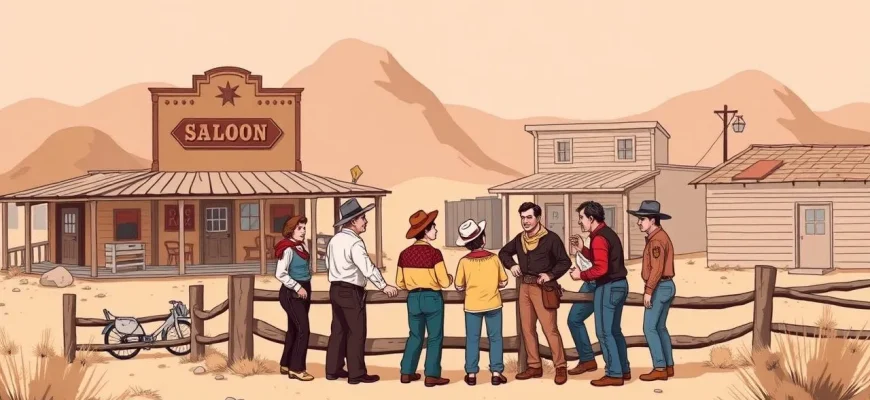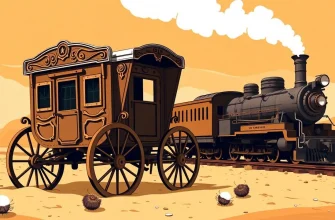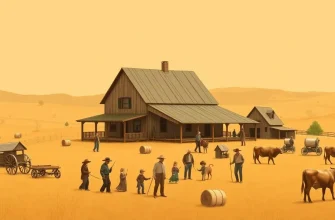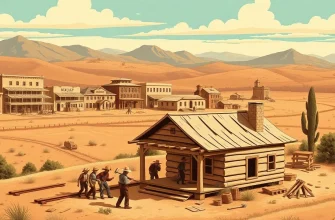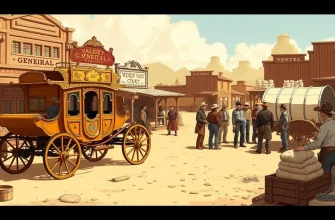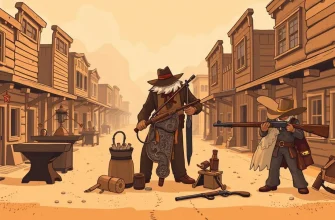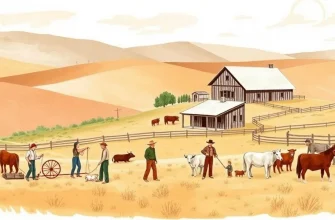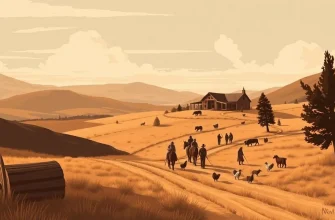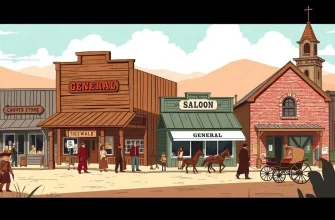The Western genre has often explored themes of community, conflict, and the rugged individualism of the American frontier. This curated list focuses on films where the dynamics between neighbours play a central role, offering a unique perspective on the classic Western narrative. These films not only entertain but also provide insight into the social fabric of the Old West, showcasing how relationships between neighbours could lead to both conflict and camaraderie.
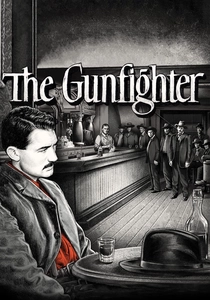
The Gunfighter (1950)
Description: An aging gunfighter seeks refuge in a small town, where his presence stirs up old rivalries and tensions among the townsfolk, including his former neighbours.
Fact: Gregory Peck's performance as the gunfighter was critically acclaimed, and the film has been praised for its realistic portrayal of the Old West.
 Watch Now
Watch Now
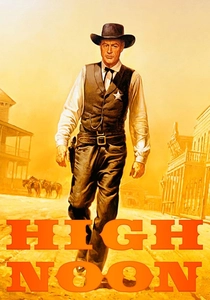
High Noon (1952)
Description: A marshal faces a gang of outlaws alone when his neighbours refuse to help, showcasing the theme of community responsibility and moral courage.
Fact: The film was shot in real-time, with the entire story unfolding in the span of 85 minutes.
 Watch Now
Watch Now
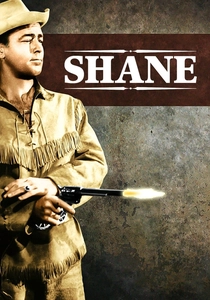
Shane (1953)
Description: Shane, a mysterious gunfighter, becomes involved in a dispute between homesteaders and a ruthless cattle baron, showcasing how neighbours must band together against a common enemy.
Fact: The film was selected for preservation in the United States National Film Registry by the Library of Congress as being "culturally, historically, or aesthetically significant."
 Watch Now
Watch Now
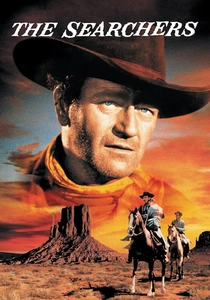
The Searchers (1956)
Description: While not directly about neighbours, the film explores the relationships between settlers and Native Americans, highlighting the tensions and alliances formed in frontier communities.
Fact: The film is often cited for its complex portrayal of racism and has been ranked among the greatest films of all time.
 Watch Now
Watch Now
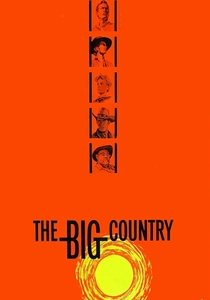
The Big Country (1958)
Description: This epic Western explores the rivalry between two powerful ranching families, the Hannasseys and the Terrills, whose land disputes escalate into a full-blown feud, highlighting the complexities of neighbourly relations.
Fact: The film was nominated for two Academy Awards, including Best Picture and Best Director for William Wyler.
 Watch Now
Watch Now
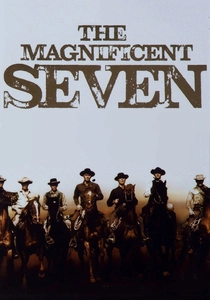
The Magnificent Seven (1960)
Description: A group of gunfighters are hired by a Mexican village to protect them from bandits, illustrating how neighbours can come together in times of need.
Fact: The film was a remake of Akira Kurosawa's "Seven Samurai" and has inspired numerous remakes and adaptations.
 Watch Now
Watch Now
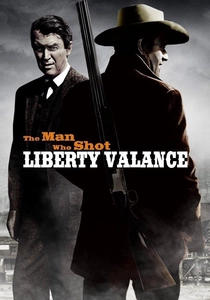
The Man Who Shot Liberty Valance (1962)
Description: This film delves into the myth-making of the West through the story of a senator who recounts how he became known as the man who shot the notorious outlaw Liberty Valance, with the help of his neighbour.
Fact: John Ford directed this film, which is often cited as a commentary on the myth versus reality of the American West.
 Watch Now
Watch Now
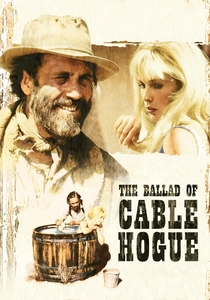
The Ballad of Cable Hogue (1970)
Description: Cable Hogue, left for dead by his partners, finds water in the desert and builds a way station, creating a community of sorts with his neighbours.
Fact: This film is one of Sam Peckinpah's lesser-known works but is praised for its unique blend of comedy and Western elements.
 Watch Now
Watch Now
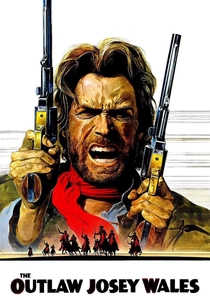
The Outlaw Josey Wales (1976)
Description: After his family is murdered, Josey Wales joins a group of outcasts, forming a new kind of 'neighbourhood' as they fight for survival.
Fact: The film was directed by and starred Clint Eastwood, who also contributed to the screenplay.
 Watch Now
Watch Now
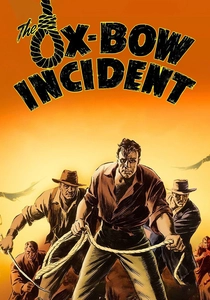
The Ox-Bow Incident (1943)
Description: A group of townspeople, including neighbours, form a posse to hunt down three men suspected of cattle rustling, leading to a dramatic examination of mob justice and community dynamics.
Fact: The film was adapted from a novel by Walter Van Tilburg Clark and was nominated for an Academy Award for Best Picture.
 30 Days Free
30 Days Free

